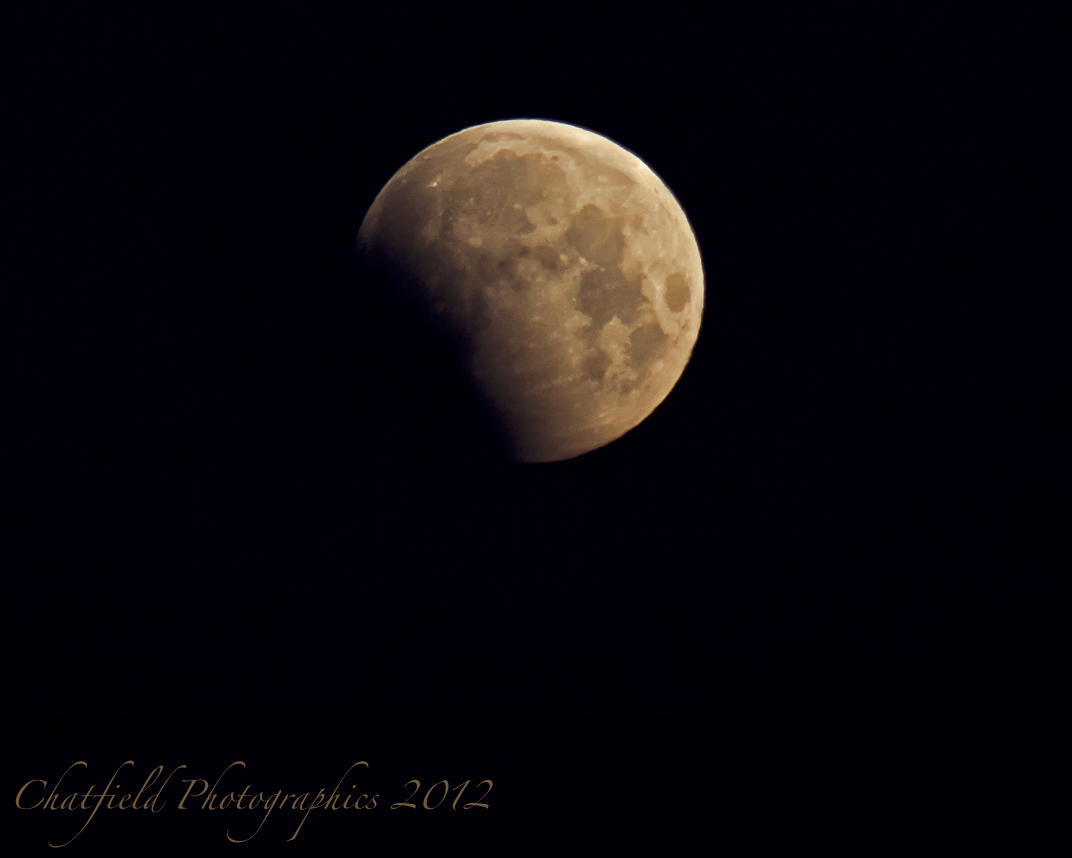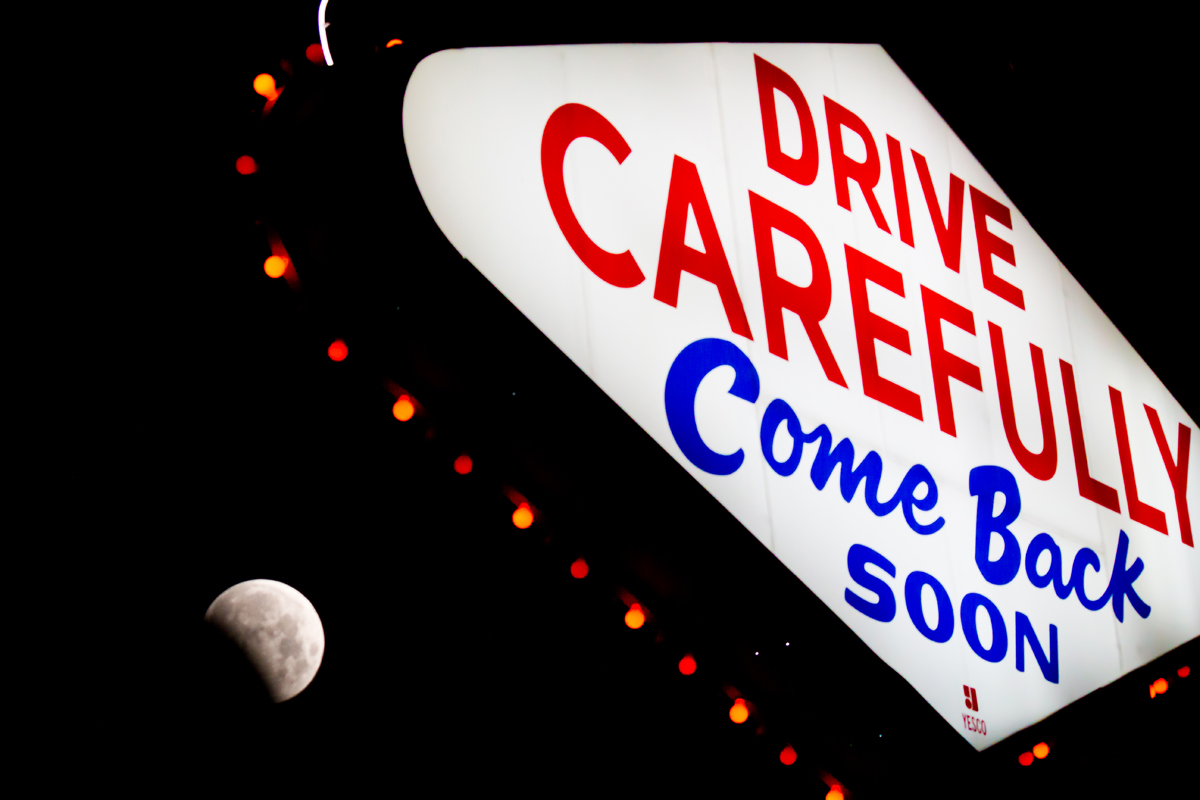Partial Lunar Eclipse: Full Moon Dips Through Earth's Shadow (Pictures)

The moon toe-dipped through Earth's shadow early Monday (June 4) in a partial lunar eclipse that appeared to take a bite out of our planet's nearest neighbor.
The partial lunar eclipse of the full moon occurred in the wee hours of Monday morning in North America, with die-hard skywatchers rising early to catch a glimpse of the darkened moon.
"Good morning, beautiful eclipse!" skywatcher Maggie Cates of Weatherford, Texas, told SPACE.com (and the moon) in an email.
The full moon of June is known as the Strawberry Moon because it typically occurs at the peak of strawberry harvesting season, according to a NASA eclipse guide. At its peak, Monday's partial lunar eclipse blocked about 37 percent of the moon and was visible from western and central North America, South America, Australia and eastern Asia. [Amazing Partial Lunar Eclipse Pictures of June 4]
In Australia and Asia the eclipse actually occurred Monday evening due to the International Date Line. Skywatchers along the U.S. East Coast missed the event completely because the moon had set before the eclipse began.

Photographer Tyler Leavitt of Henderson, Nev., took the opportunity to capture the predawn lunar eclipse with some other dazzling night lights: the Las Vegas Strip. His photo shows the partially darkened moon behind a brightly lit sign that bids farewell to Las Vegas visitors on one side and welcomes newcomers on the other.
Lunar eclipses are caused when the moon passes behind Earth, with respect to the sun. When the moon passes directly behind Earth it creates a total lunar eclipse. Partial lunar eclipses happen when only part of the moon passes through Earth's shadow, an effect that occurs because the moon's orbital tilt is slightly different than the plane of Earth's orbit around the sun.
Get the Space.com Newsletter
Breaking space news, the latest updates on rocket launches, skywatching events and more!
Monday's partial lunar eclipse stands out this year because of its timing. The eclipse occurred just over two weeks after a dazzling "ring of fire" solar eclipse on May 20, and came just one day ahead of what is possibly the most anticipated skywatching event of the year: the historic transit of Venus across the sun on Tuesday, June 5.
On Tuesday, Venus will cross the sun when viewed from Earth in a rare planetary alignment. The celestial sight occurs in pairs, separated by eight years, only once every century or so. The last transit occurred in 2004 and the next one won't occur until 2117.
NASA scientists and astronomers around the world have prepared extensive observation campaigns and public outreach programs to observe the transit of Venus.
"Backyard astronomy doesn't get much better than this," astronomer Tony Phillips wrote in a NASA skywatching alert.
Editor's note: If you snap a great photo of the partial lunar eclipse OR the Venus transit on June 5 and would like to share it with SPACE.com for a story or gallery, please send images and comments to SPACE.com managing editor Tariq Malik at tmalik@space.com.
You can follow SPACE.com Managing Editor Tariq Malik on Twitter @tariqjmalik. Follow SPACE.com for the latest in space science and exploration news on Twitter @Spacedotcom and on Facebook.
Join our Space Forums to keep talking space on the latest missions, night sky and more! And if you have a news tip, correction or comment, let us know at: community@space.com.

Tariq is the Editor-in-Chief of Space.com and joined the team in 2001, first as an intern and staff writer, and later as an editor. He covers human spaceflight, exploration and space science, as well as skywatching and entertainment. He became Space.com's Managing Editor in 2009 and Editor-in-Chief in 2019. Before joining Space.com, Tariq was a staff reporter for The Los Angeles Times covering education and city beats in La Habra, Fullerton and Huntington Beach. In October 2022, Tariq received the Harry Kolcum Award for excellence in space reporting from the National Space Club Florida Committee. He is also an Eagle Scout (yes, he has the Space Exploration merit badge) and went to Space Camp four times as a kid and a fifth time as an adult. He has journalism degrees from the University of Southern California and New York University. You can find Tariq at Space.com and as the co-host to the This Week In Space podcast with space historian Rod Pyle on the TWiT network. To see his latest project, you can follow Tariq on Twitter @tariqjmalik.









